Measurement is critical to extracting knowledge and driving system-level change that will improve the NCD landscape. From an operational perspective, it provides an indication of the effectiveness and health of a multisectoral collaboration, exposing what is going well and which areas need course-correcting.
KEY LEARNINGS AND OPPORTUNITIES IN MEASURING COLLECTIVE IMPACT
- It is in each stakeholder’s interest to provide good data; it informs policy decisions, makes a case for investment, and provides opportunities for learning and future collaboration.
- Different metrics for different players creates a solo-ed and siloed landscape, leading to ambiguity and duplicated efforts in reporting. Cross-collaboration is a key condition of success.
- Social innovation is needed to advance the science of measuring and evaluating partnerships aimed at improving access to healthcare.
- Agreement is needed on the models and methodologies, and a common language; recognizing the tradeoff between simplification and granularity.
- Measurement and evaluation mechanisms may be an opportunity to incentivize collective action.
- Harmonization towards a measurement framework will not be a sprint; it will take time.
As the importance of collective action in achieving the global health targets, including UHC and reducing remature NCD death becomes more apparent, so does the need to clearly assess its impact. We know that there is immense and far-reaching value in employing a collective, whole-of-society approach to improving access to NCDs — but measuring and quantifying that value is not a straightforward endeavor. Strengthening our knowledge and generating evidence of what works—and doesn’t work—when it comes to global health partnerships, demands a new science. With multiple stakeholders and substantial implications for patients worldwide, a fit-for purpose measurement framework requires deliberative processes and commitment across the board.
THE VALUE OF MEASURING COLLECTIVE IMPACT
Measurement is critical to extracting knowledge and driving system-level change that will improve the NCD landscape. From an operational perspective, it provides an indication of the effectiveness and health of a multisectoral collaboration, exposing what is going well and which areas need course-correcting. With over 95% of access programs registered under the Access Observatory delivered through partnerships, a harmonized reporting framework is essential for ensuring alignment towards mutual goals and evaluating the impact of a project at both the individual and collective level.
Strengthening our knowledge about what works in partnerships not only helps to enable progress in the long run but helps to make the case within companies themselves to continue investments in partnerships.
On a larger scale, collecting data and information over time provides a vital repository of evidence needed to greenlight change at a policy level, empowering decision makers to make informed decisions and take concrete, sustainable actions. Simply put—what gets measured gets done, and creates very strong incentives around how partnerships operate. In the same vein, evidence-based documentation is a prerequisite for securing and mobilizing financial resources. Increased investment in turn will atalyze innovation in the design of future access strategies.
Finally, measuring collective impact ensures much-needed accountability. It allows for the documentation of progress toward fulfillment of commitments made to governments, investors, civil society, and, most importantly, the people around the world hose lives the projects aim to improve.
